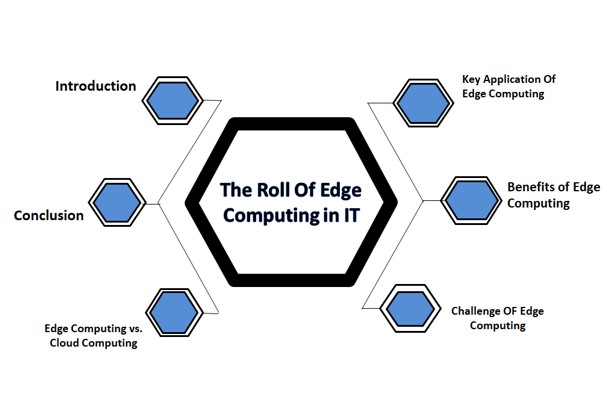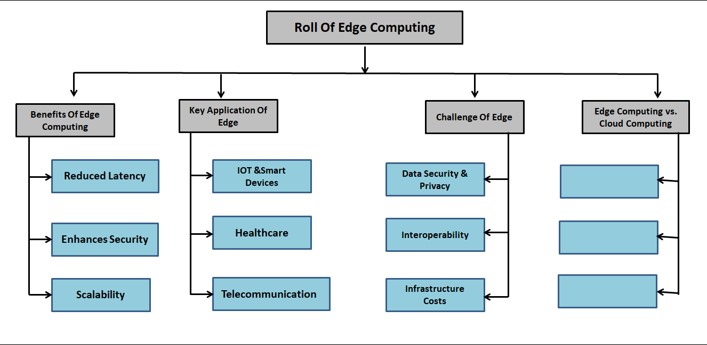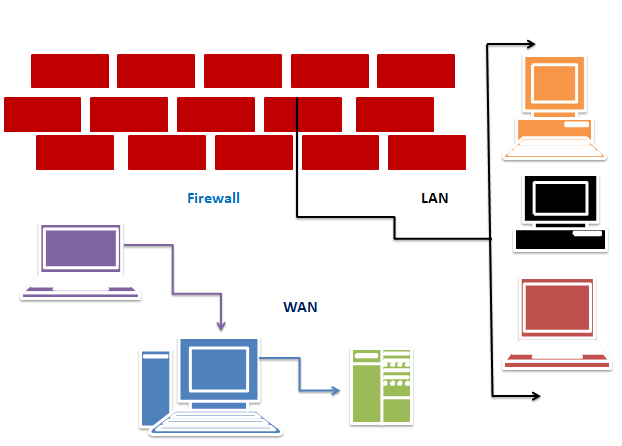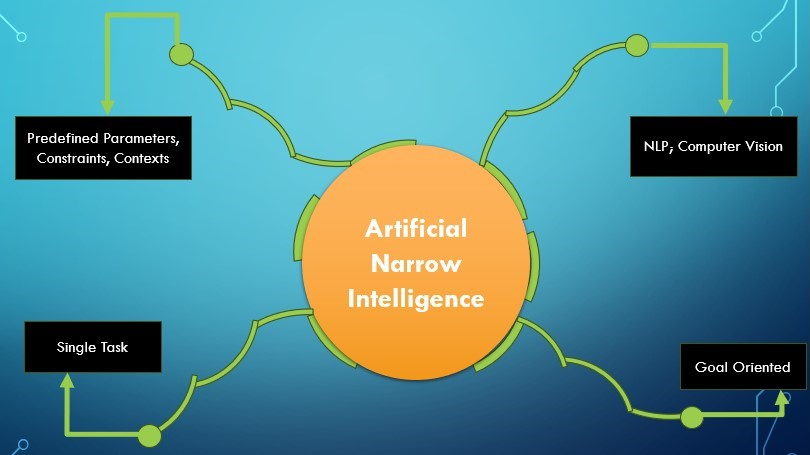
Introduction Artificial intelligence
Edge computing Artificial intelligence is transforming data processing by bringing computing power closer to where data is generated. such as on devices . local networks, rather than relying solely on remote cloud services. This approach enables faster and more efficient data handling, crucial for businesses requiring quick responses. It also enhances data security, which is increasingly important as digital technology advances. By enabling faster decision-making, edge computing helps modern companies meet growing demands and improves the overall efficiency of IT systems.
Define
A computing system is a system that operates on data immediately where it is created rather than sending it to a distant cloud server for processing. Think of it as a network of mini-data centers located close to users or devices, where data processing takes place closer to the “edge” of network.

Advantages of Edge Computing
Edge computing offers many benefits to IT systems and business, some of the key benefits are listed below.
- Low latency: Low latency refers to the time it takes for data to travel from one location to another. By processing data locally instead of sending it to a central cloud server, edge computing eliminates latency, which is essential for applications where even a small delay can cause major problems, such as autonomous vehicles and medical applications.
- Improved security: Improved security since data does not have to travel long distances to be processed. The possibility of interception or compromise during transmission is also much lower. Edge computing Artificial intelligence allows full processing of data, where it is generated, improves privacy . Makes it easier to meet compliance regulations in industries such as healthcare and finance.
- Better bandwidth: Edge computing Artificial intelligence reduces the need to send large amounts of data over the Internet. Only the most essential data for further processing or storage needs to be sent to the cloud. This reduces the pressure on the Internet bandwidth and can also reduce cost associated with data transmission.
- Scalability: Edge computing Artificial intelligence is highly flexible and can be easily extended. Businesses can deploy additional edge computing devices wherever more processing power is needed, making it easier to scale without the need for massive central server upgrades.
Key Applications of Edge Computing
Edge computing can be useful in many fields, allowing data to be processed faster and more efficiently. Following are some applications,
- IOT and smart devices: Edge computing is essential for the Internet of Things (IOT) where many devices need to communicate . Devices need to communicate and process data in real time. By processing data locally, edge computing enables IOT devices such as smart room gadgets, industrial sensors . Wearable tech to operate more easily and reliably.
- Autonomous vehicles: Self-driving cars rely heavily on edge computing to quickly analyze their surroundings and make decisions, such as stopping at red light or avoiding an obstacle. ID computing helps these vehicles process data in real time, making them safer and more reliable.
- Retail and supply chain: Edge computing in retail helps stores track inventory, monitor customer preferences and optimize operations. In supply chain, it plays a vital role in improving real-time tracking of goods, optimizing logistics and helping companies quickly respond to changes such as re-routing shipments during inclement weather.
- Health care: Edge computing allows real-time data processing to support medical devices, which are vital for patient monitoring and telemedicine. By analysing data locally, patients’ health can be monitored in real-time provide healthcare, which can react quickly to medical problems.
Edge Computing vs Cloud computing
Although cloud computing has been a solution for data storage and processing for a long time, computing provides a new way of data storage and processing. Cloud computing involves storing and processing data on centralized servers that are often located far away from the data the data’s origin. Edge computing, on the other hand, is closer to the data locally. Both cloud computing Artificial intelligence and Edge-computing can work together to create a balanced IT system.
Challenges of Edge Computing
While edge computing has many benefits, it also comes with many challenges:
- Data security and privacy: while edge computing can improve data security by keeping it close to its origin, managing security across multiple devices and locations can also be hidden. In order to prevent data breaches. it is very important to have strong cyber security measures in every edge computing device
- Infrastructure costs: Deploying edge computing across locations requires investment in hardware and software. Although edge computing reduces cloud costs, the initial set-up can be expensive, especially for small businesses.
- Interoperability: Many different manufacturers make edge devices together, and these devices don’t always work together easily. Text devices are difficult to manage and integrate, requiring companies to find compatible hardware and software solutions.
Conclusion
Edge computing is transforming IT by enabling much faster, more secure and more efficient data processing. Allows data to be processed locally it supports applications that demand immediate reactions such as autonomous vehicles, smart devices and telemedicine. As technology continues to evolve, edge computing will likely become even more important, complementing cloud computing to create a more agile and responsive IT infrastructure.




